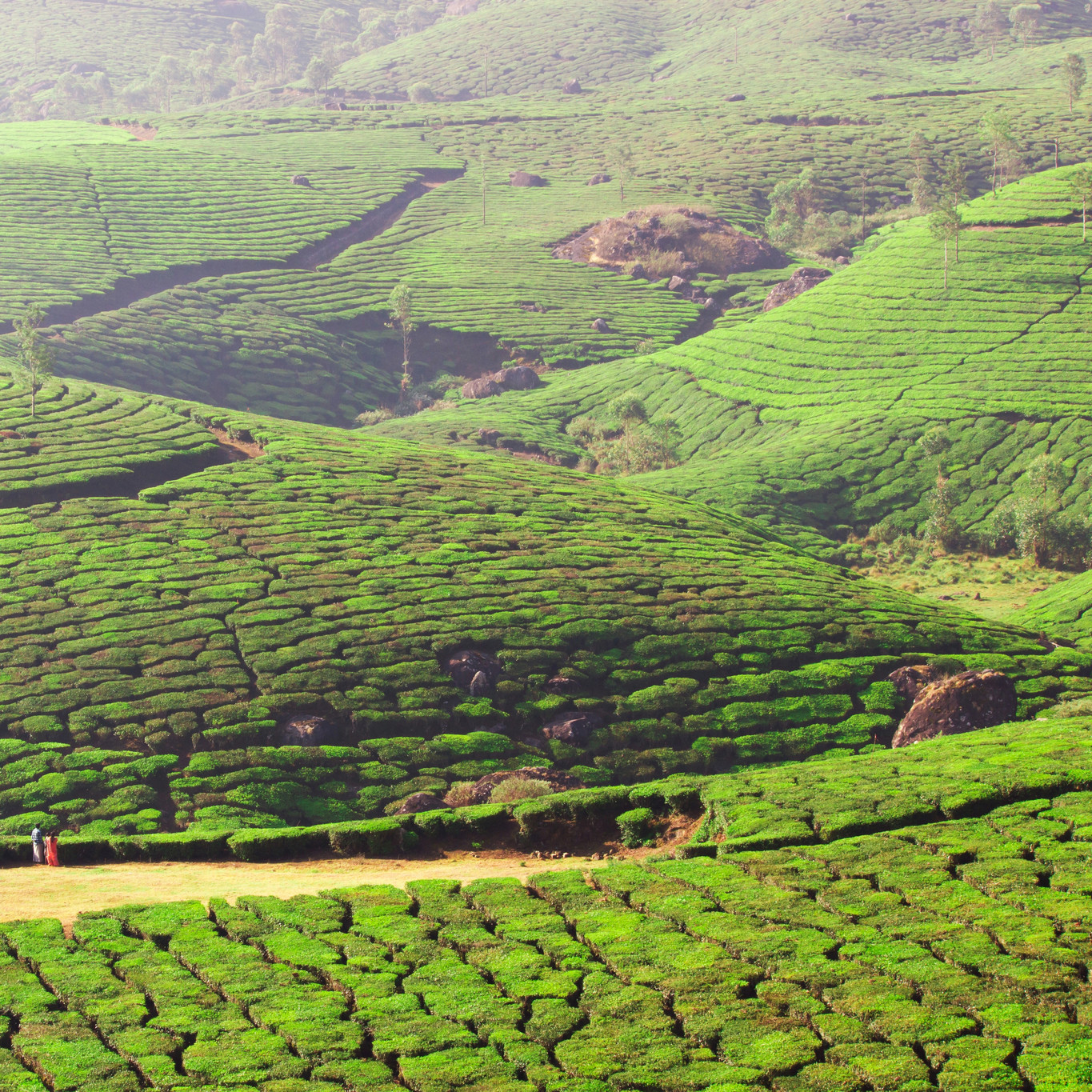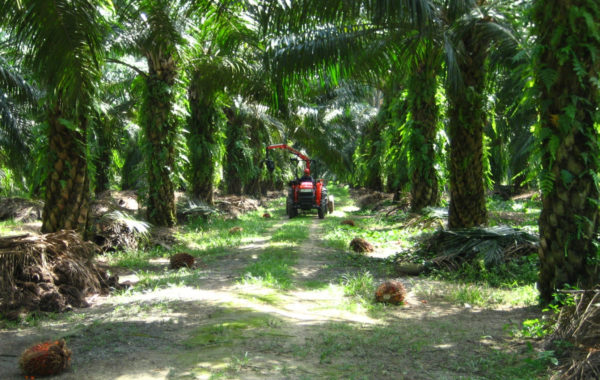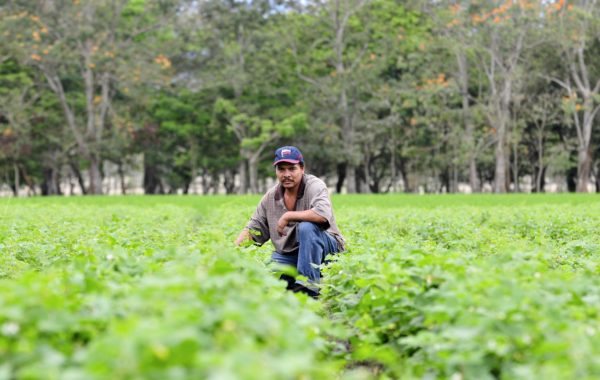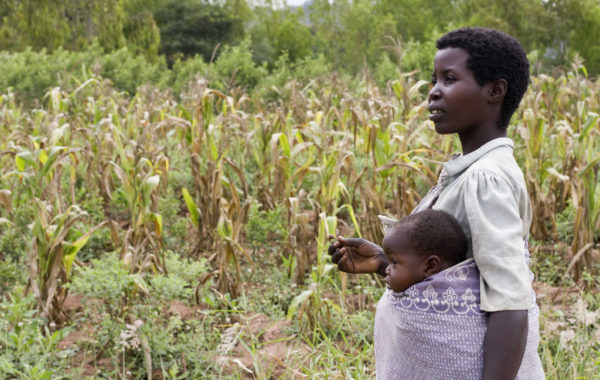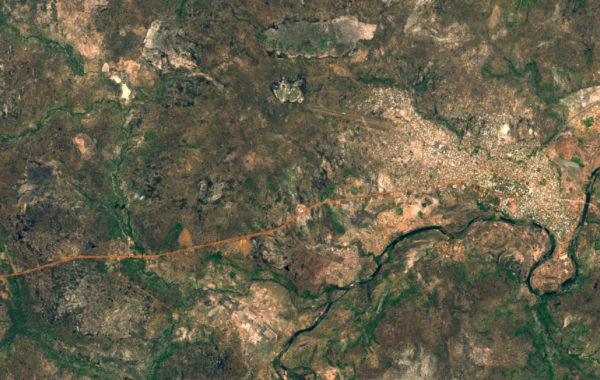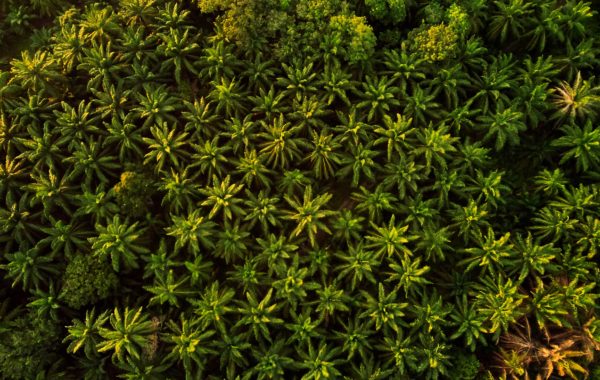Assessing tea productivity and yield
Satellite analysis allowed Sensonomic to easily identify poorly-performing areas of a plantation
Challenge
The earlier you can spot a problem in your crop, be it drought, disease or pests, the quicker and cheaper it is to remedy it. However, spotting issues over a large area of a tea plantation is not easy to do by hand. Plants are tightly packed, and often on steep hillsides. Therefore a large tea producer commissioned Sensonomic to analyse their tea plantation productivity using satellite images.
Solution
We identified three key metrics of tea plantation productivity in this analysis: bare patches in the plantation, plant health, and areas at risk of erosion. Machine learning algorithms were used to identify bare patches of earth. If not replanted these can increase the rate of soil erosion, decreasing the productivity of the land for years to come. Plant health was assessed using NDVI, a measure of ‘greenness’ which is much more sensitive than can be detected with the naked eye. We used NDVI to detect early signs of stress and disease.
Results
Through satellite monitoring we can analyse and predict tea plantation productivity drops much earlier than would be possible on the ground. Initial analyses showed that our client could achieve a minimum of 10% increased productivity with easily implemented and cost-efficient measures.
Get in touch if you would like to discuss satellite assessment for your plantation.
